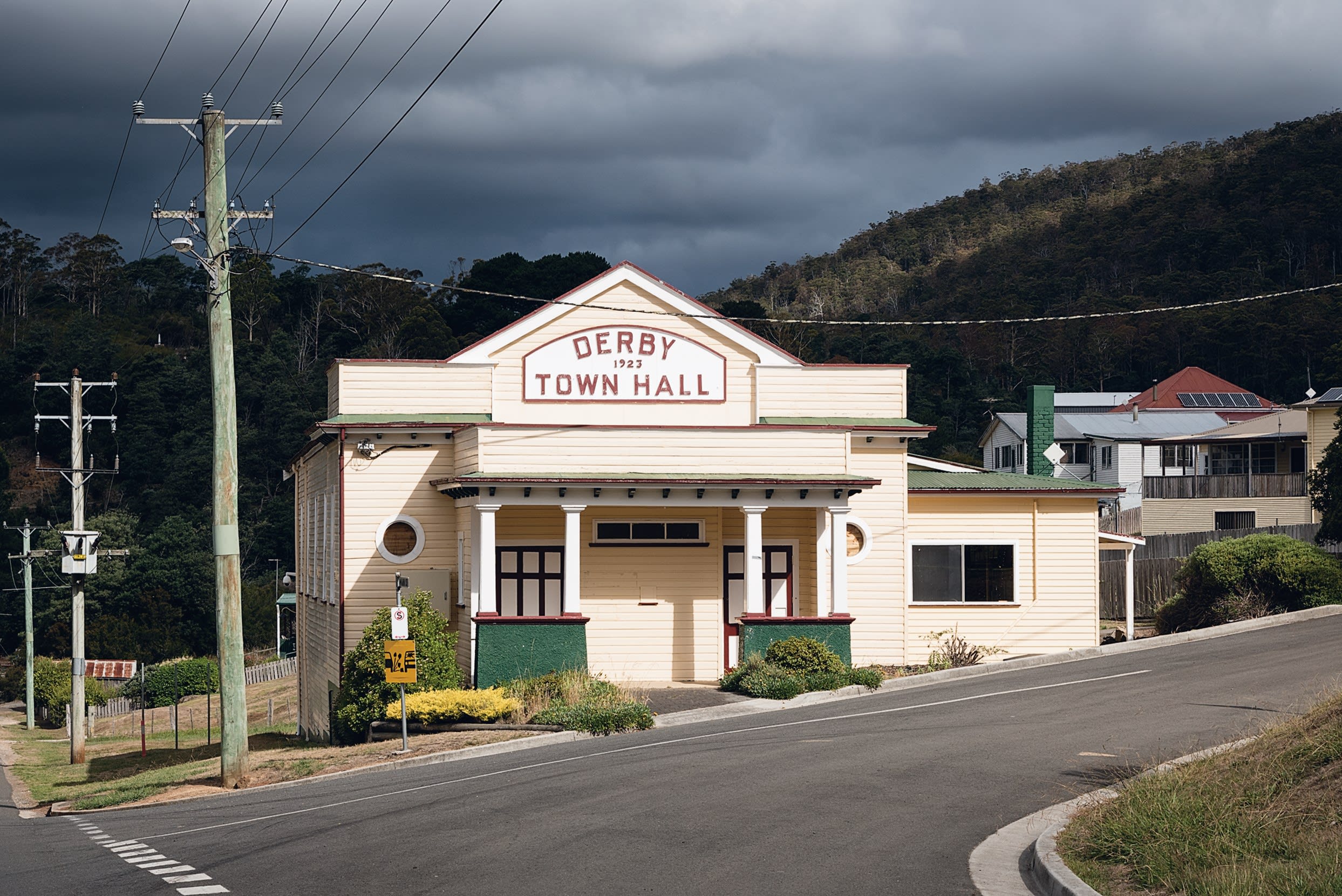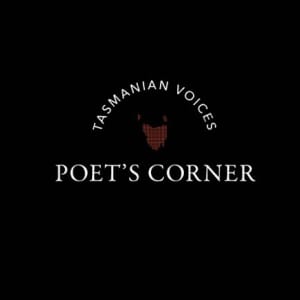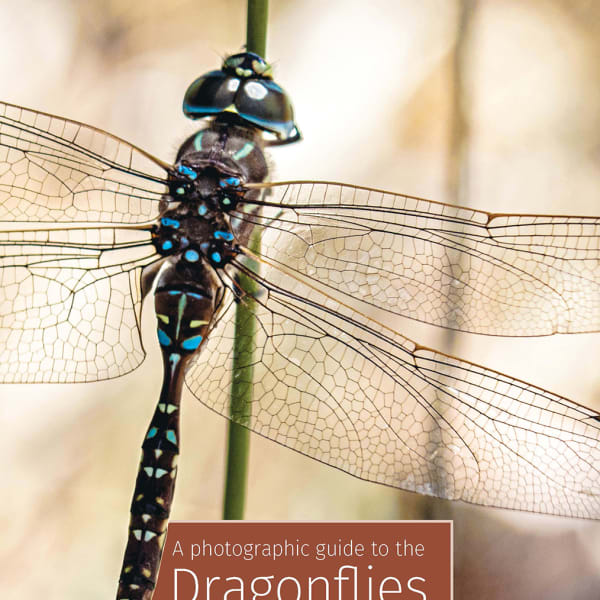
Penny McDonald‘s home is one of those Sandy Bay houses with immense windows giving sweeping views of the Derwent. You may be standing a hundred metres above and two or three hundred metres back from the water, but you feel as if you could reach out and get your fingers wet. Stand there when the yachts sail past on the final stretch of the Sydney-Hobart, and you’d feel like you could reach out and hand the sailors a well-deserved beer and chicken salad sandwich.
Looking at the view from this living room is, for me, the calm before the calm. I’m here to have an Alexander Technique session. Penny McDonald is a senior practitioner. It was her idea to publish a story about Frederick Matthias Alexander, the Tasmanian-born creator of the technique (see following article by Ella Michele). It was also her idea to give me a hands-on introduction and demonstration as to why this treatment, developed a century ago because one Tasmanian man lost his voice, has become a mainstream therapy, practised and trusted world-wide.
Before the session, I sit at a table, trying to ignore the view, and listen as McDonald tells me of her long journey to Sandy Bay as an Alexander Technique professional. She was born in Northern Rhodesia (now Zambia), but moved to the UK with her English mother and Scottish father when she was one.
One day, four-year-old Penny and her mother were walking along a London street when the child saw a pretty picture in a window. “Can we go there?” she asked. The picture was of Tasmania, and for a number of reasons beside the little girl’s wish, the family did go there. They settled in Taroona, her father worked in retail food management, her mother trained as a school teacher, and Penny went to school and dreamed of being a performer.
It was another dream come true. Penny McDonald finished school and moved to Sydney to do an acrobatics course with Q Theatre. It was, she says, “death-defying”.
McDonald defied death during a successful performance career, and then transitioned to a second theatre-based career as a dresser. She worked on a lot of big musical productions. Hugh Jackman, she says matter-of-factly, would always ask for her.
The Alexander Technique is essentially about body health through correct movement and posture habits, and it is therefore not surprising that it has wide acceptance and use in the performing arts. And it is not surprising that Penny McDonald became first acquainted and then interested in the Alexander Technique, and then decided to study it.
This isn’t a light decision – it’s a three-year course – but McDonald is now, back in Tasmania and living just down the road from her old Taroona stamping ground, both a practitioner and an Alexander Technique teacher herself.
. . .
It’s time to leave the living room and its view for the consulting room, a light, spacious area through an alcove, and for the next half hour I learn a great deal through quiet words and the gentlest of hand pressure on head, sternum, spine and arms. You don’t get pushed into good posture during a session, you get guided. It’s effortless, warm, comfortable and fascinating.
It’s complex, too, but here’s a simple start: the human head weighs about five kilograms, and if you walk around for a few decades holding it the wrong way, your spine, and the rest of your support infrastructure, isn’t going to thank you for it.
I’ve been tucking my chin in ever since, and pondering the story that links Frederick Alexander and Penny McDonald. I think Frederick would be pleased to meet Penny, as I was. I suggest he also takes in the view from her living room.
For more about Penny McDonald and the Alexander Technique, visit harmonicmotion.com.au, or email penny@harmonicmotion.com.au
Chris Champion is the editor of Forty South Tasmania and a director of Forty South Publishing. He has worked as an editor and writer in Australia and Asia for more than 40 years.











